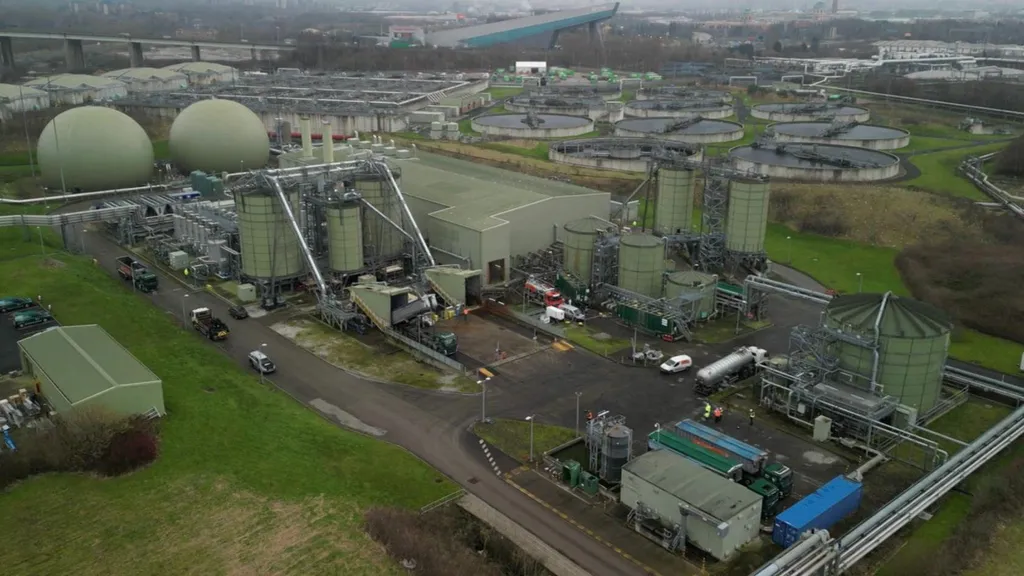In the heart of Ukraine, a groundbreaking study led by Zhanna O. Petrova from the Institute of Technical Thermophysics of the National Academy of Sciences of Ukraine is turning the tide on a longstanding environmental challenge. The research, published in the *Journal of Mechanical Engineering* (known in Ukrainian as *Збірник праць Інституту інженерної механіки НАН України*), is unlocking new possibilities for waste management and energy production, offering a beacon of hope for the global energy crisis.
The problem at hand is the overflowing sludge deposits in Ukrainian treatment plants. These deposits, once nutrient-rich, have aged and become overly mineralized, rendering them unsuitable for direct biofuel production. However, Petrova and her team have found a way to transform this liability into an asset. “We’re not just solving a waste management issue,” Petrova explains. “We’re creating a new resource for the energy sector.”
The solution lies in the creation of composite pellets from obsolete sludge deposits, peat, and biomass. These pellets can be used as fuel in mini-CHPPs (mini combined heat and power plants), generating both heat and electricity. But before they can be used, the pellets must be dried. This is where Petrova’s research comes into play.
The study investigates the drying processes of these composite pellets on a convective drying bench. The results are promising. Petrova found that increasing the coolant temperature reduces the drying time of the sludge-peat composition by 1.4 times. Moreover, three-component pellets (those containing sludge, peat, and biomass) dry faster than two-component pellets, with drying times reduced by 1.1 to 1.4 times.
“Theoretical studies with the construction of generalized drying curves for composite pellets showed a coincidence with experimental data,” Petrova notes. This means that the team’s calculations can accurately predict the drying process, paving the way for efficient and effective drying techniques.
The implications for the energy sector are significant. This research could lead to the development of new drying technologies, reducing the time and energy required to prepare these pellets for use. This, in turn, could make the production of energy from these pellets more cost-effective and efficient.
Moreover, the ash resulting from the combustion of these pellets can be used to make building materials, creating a circular economy where waste is minimized, and resources are fully utilized.
As the world grapples with an energy crisis, Petrova’s research offers a glimmer of hope. It’s a testament to the power of innovation and the potential of waste-to-energy technologies. It’s not just about solving a problem; it’s about creating a new resource, a new opportunity. And in the words of Petrova, “That’s what makes this research so exciting.”
This study is a significant step forward in the field of waste management and energy production. It’s a reminder that even in the face of overwhelming challenges, there are always opportunities for innovation and growth. And as the world continues to search for sustainable and efficient energy solutions, research like this will be more important than ever.

